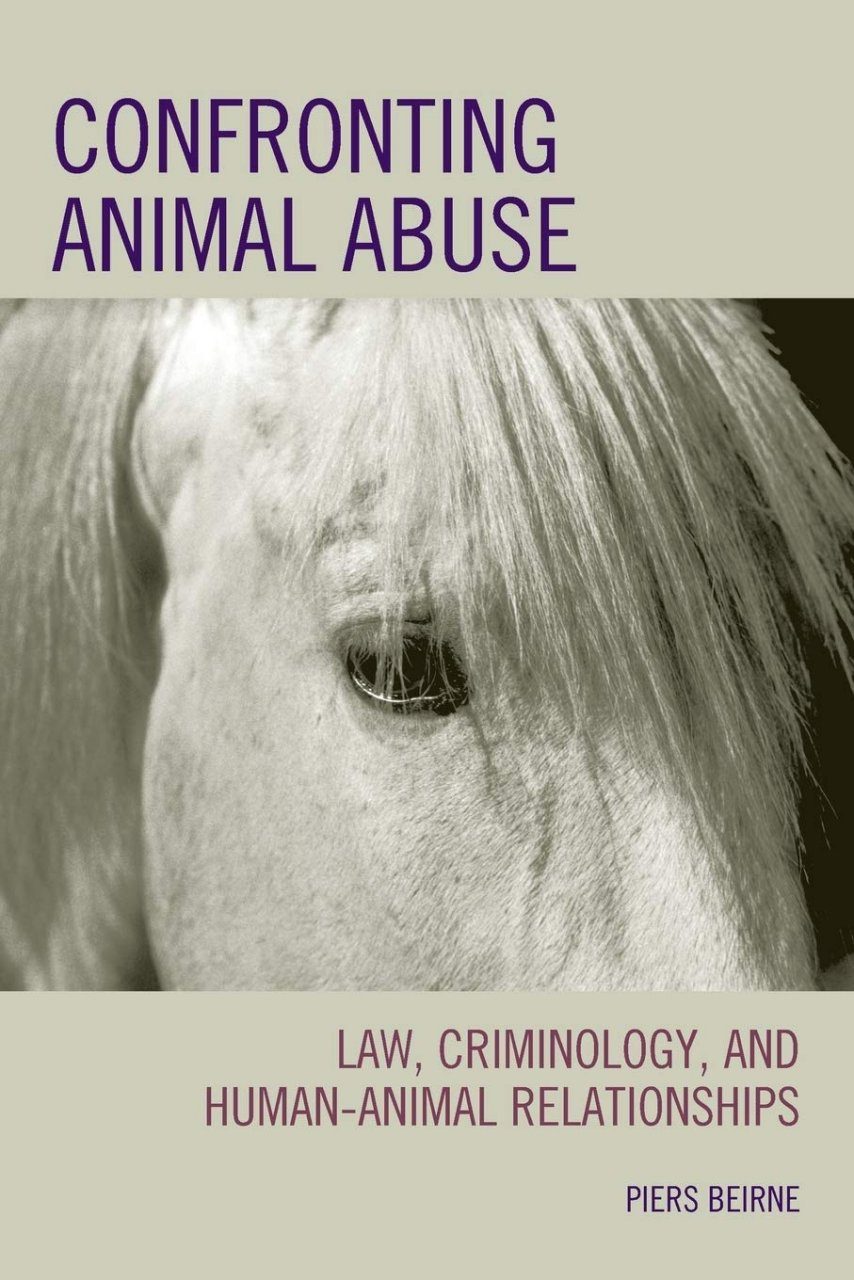When confronted with the abhorrent issue of animal abuse, the immediate instinct might be to react with anger or condemnation. After all, the thought of inflicting pain upon vulnerable creatures stirs a visceral reaction in most. However, confronting an animal abuser requires a dual approach: one steeped in societal understanding and another forged from compassion. This approach not only lays the groundwork for dialogue but also promotes potential avenues for change—both for the abuser and the victims of the abuse.
To begin, it is essential to dissect the motivations and psychological underpinnings that often drive individuals to engage in such savage behavior. Empathy constitutes the cornerstone of compassion; hence, grasping the often troubled backgrounds of these individuals is crucial for a productive conversation. Many who harm animals have themselves encountered a history marred by violence or neglect. By unraveling the complex tapestry of their lives, we may discover intrinsic pain that fuels their destructive impulses.
The core of this dialogue must emphasize a shift in perspective. Rather than approaching the abuser with judgmental rhetoric, one might instead evoke a sense of introspection. Questions are powerful tools. Asking them to reflect on their actions—“How would you feel if someone was inflicting this pain upon you?” or “What if this animal were capable of expressing its own suffering?”—can serve as a catalyst for realizing the gravity of their behavior. It presents an opportunity for them to view the world beyond their immediate, albeit skewed, perception.
However, engaging deeply with an abuser requires navigating a myriad of emotional barriers. Anger and defensiveness are often instinctual reactions when confronted. Therefore, it is crucial to remain calm and composed, positioning oneself as a vessel of understanding rather than a harbinger of blame. This delicate balancing act necessitates patience, signaling a commitment to fostering an atmosphere conducive to change. Using language that embodies respect can significantly alter the dynamic of the conversation, offering a safe space for dialogue.
Incorporating factual data and research into such discussions can further aid the dialogue. For instance, elucidating the psychological effects of animal abuse can illuminate the broader context of violence in society. Numerous studies elucidate a strong correlation between animal cruelty and domestic violence, as the roots of such behavior often intertwine. Providing statistics or case studies might provoke curiosity and prompt a reevaluation of priorities and morals. The abuser may begin to understand that their actions have ramifications extending far beyond the immediate moment, perpetuating a cycle of violence that ensnares countless lives.
Moreover, it becomes paramount to address the notion of responsibility. In confronting an animal abuser, one should unveil the importance of personal accountability. This goes beyond merely ceasing harmful behaviors; it extends to recognizing the impact of their choices on the ecosystem of living beings, human and animal alike. Framing this responsibility as a pathway toward personal empowerment may intrigue them to consider making amends. By taking ownership of their actions, they possess the potential to transform their narrative, evolving from perpetrator to advocate.
It’s worth noting that awareness campaigns have proliferated, elucidating the plight of abused animals and shaming perpetrators. While raising consciousness is indispensable, it can often feel one-dimensional. Transformative change calls for proactive engagement. Creating outlets for education—be it through workshops, community outreach, or even counseling—becomes invaluable. Proposing participation in such initiatives might ignite curiosity within an abuser. What could be more enlightening than understanding the intricate lives of the animals they choose to neglect or harm?
At this juncture, the conversation may unveil layers of morality that traditionally remain unexamined. The ethical treatment of animals has burgeoned into a conversation steeped in spiritual and philosophical inquiry. Engaging them in dialogues surrounding the ethical considerations of animal sentience can provide a profound shift in perspective. Questions like “Do animals have a right to live free from suffering?” provoke scrutiny of existing paradigms, nudging the abuser closer toward a compassionate stance.
Yet, the reality remains that some may remain obstinate in their beliefs and practices. Introducing real-life examples of rehabilitative endeavors—individuals who have changed their paths after confronting their own violent tendencies—can serve to inspire hope. The notion that transformation is attainable, regardless of one’s past, can act as a powerful motivator. The abuser must grapple with the possibility of redemption, igniting a flicker of curiosity about what it means to stand on the right side of history.
As the conversation unfolds, it is equally essential to listen. Cultivating a dialogue means allowing space for the abuser to express their viewpoint, however misguided it may be. By validating their feelings without endorsing their actions, one can create a bridge toward nuanced understanding. Listening can reveal the roots of their aggression, enabling a foundation to address these issues more effectively.
Ultimately, the aim of confronting an animal abuser is not merely retribution but fostering a profound change in both perspective and action. Emphasizing the intricate relationship humans have with animals and the broader implications of that relationship invites collaboration and a re-examination of values. The allure of understanding rather than rebuke opens the door to a more compassionate society, where the cycles of pain can be replaced by healing and mutual respect. In this lies the promise of transformation, not just for the animals in need, but for humanity itself.






